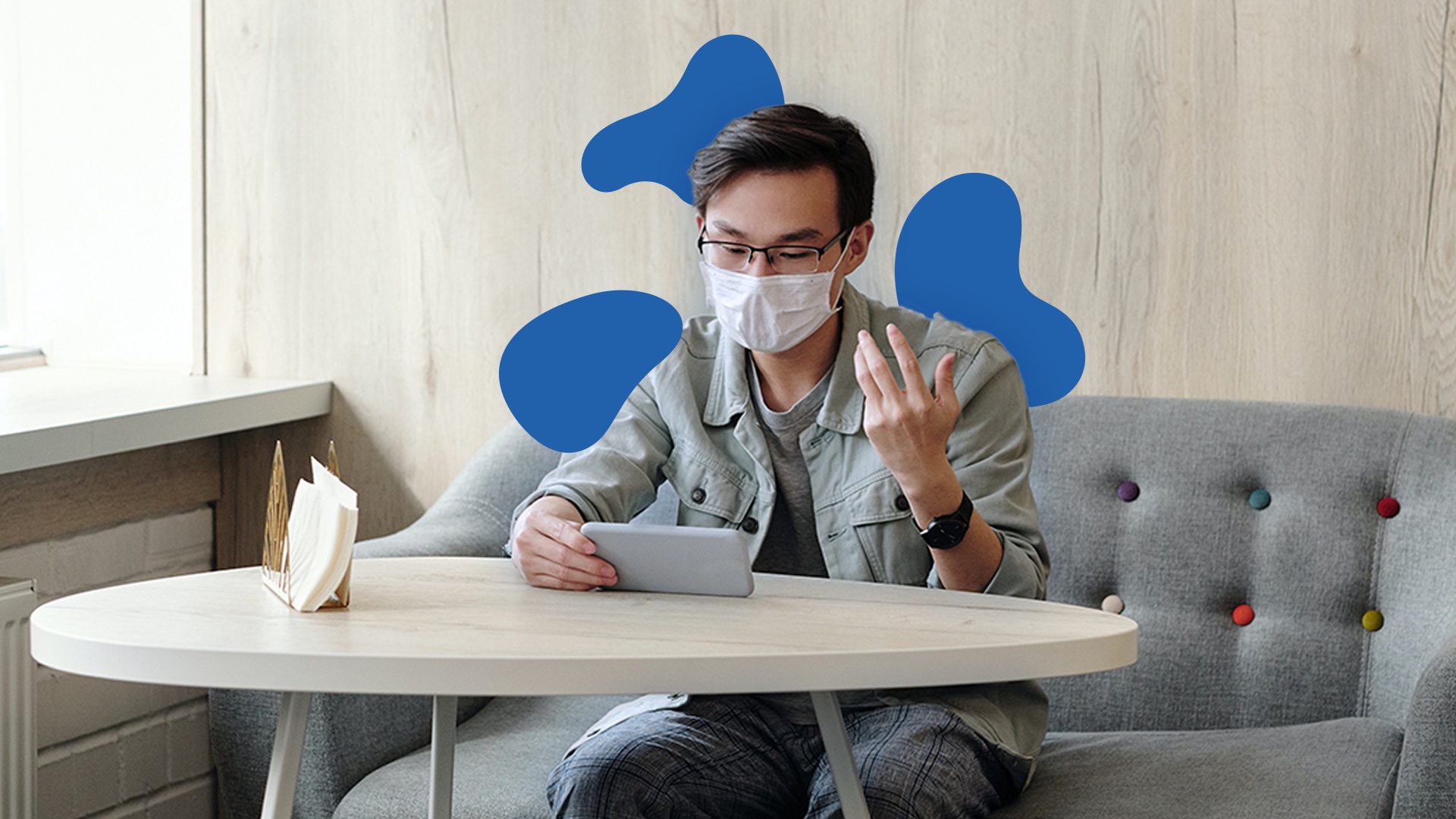Covid-19
7 Feb 2021
admin
THE IMPACT OF TELEMEDICINE ON REDUCING THE SPREAD OF COVID-19
When the novel coronavirus hit the world in 2019, nothing prepared us for how it was going to change the regular running of activities. However, when the World Health Organization (WHO) declared COVID-19 a pandemic in March 2020, we knew that the world would never be the same again.
As the virus raged, every sector was affected; from the educational sector to the economy and the entertainment industry.
Perhaps one of the sectors that got hit the hardest is the health sector. As the COVID-19 cases climbed astronomically, the pressure on the health sector to deliver quality health care also increased.
The goal of healthcare is to provide access to anybody, anywhere in need of care. In a pandemic caused by a virus that spreads easily through close contacts, it became apparent that to continue to give quality health care without compromising the COVID-19 safety precautions, other health care options had to be explored.
The healthcare sector had to increase safety protocols and reduce physical contact as much as was possible.
Fortunately, telemedicine came to the rescue by encouraging the use of digital services to administer health care. Telemedicine is the distribution of health-related services through electronic or digital platforms.
Telemedicine solves the problem of covid-19 transmission through direct contact by making it possible for health practitioners and their patients to communicate without a physical visit.

Seniors, disabilities, and telemedicine
Even though all age groups are at risk of getting infected, at the onset of the pandemic, the elderly were considered more susceptible to life-threatening complications from COVID-19.
As a result, there had to be an avenue for seniors and people with underlying medical conditions to access quality care without being exposed to the virus.
Telemedicine proved highly effective as seniors could communicate with their doctors, receive recommendations and treatment options from their homes.
Initially, seniors accounted for the most telemedicine users. However, as telemedicine platforms grew bigger to accommodate more health services, younger people began to take advantage of telemedicine.
According to a publication by the Canadian Medical Association, as many as 47% of Canadians used telehealth at some point or the other through video calls, phone calls, texts, and emails.
Telemedicine and remote patient monitoring for covid-19 patients
At the height of the pandemic, most hospitals and clinics were filled to maximum capacity and could only admit critical cases for in-patient care.
Considering that the severity and duration of COVID-19 symptoms for each infected person differed, with some people being asymptomatic, it became essential to manage infected people based on their symptoms.
While some COVID-19 patients may require hospitalization, others could recover from their homes without major complications.
As a result, people exposed to or infected with the COVID-19 virus but showing mild to no symptoms were advised to isolate and manage their symptoms in their homes while following their health care provider’s instructions.
Telehealth helped infected people get quality health care from their homes without physically visiting their physician, which would have exposed others to the virus.
Other health conditions aside from COVID-19 that didn’t require in-clinic visits were also managed from home using telehealth services. This way, even uninfected people could take advantage of telehealth and not have to expose themselves by leaving their homes to get medical care.
Through mediums such as video calls, phone calls, text messages, and emails, people could communicate with their online physicians from the comfort of their homes.
Most telehealth platforms also delivered prescription medication to their clients’ homes, following strict COVID-19 safety precautions.
Telemedicine and hospital/clinic burdens
In the past few months, telemedicine has worked effectively in streamlining hospital visits and reducing in-patient visits. Since people can now book and consult with physicians from home, there have been fewer reasons to visit a clinic. The upside to this is that hospital visits are streamlined to only the essentials, increasing the productivity of these meetings and reducing unnecessary physical contact.
With fewer direct contacts and increased COVID-19 safety measures, the infection rate, especially in medical settings has significantly reduced.
The future of telemedicine
Although telemedicine experienced a spike due to the pandemic, experts say telehealth has come to stay. COVID-19 exposed the world to the incredible things that could be achieved through telehealth, and there’s no sign of it slowing down.
As the pandemic still rages, telemedicine serves as the bridge between connecting quality health care services with people who need them worldwide.
The future of healthcare is virtual.
More people are getting comfortable with the idea of receiving care without leaving their homes except when necessary.
Through telemedicine, the healthcare sector can effectively provide online medical care while also curbing the spread of the virus.
In a world disrupted by COVID-19, telemedicine is the true medical dream in a pandemic.

 Virtual care services are open 8 am to 8 pm on weekdays and 9 am to 5 pm weekends.
Virtual care services are open 8 am to 8 pm on weekdays and 9 am to 5 pm weekends.